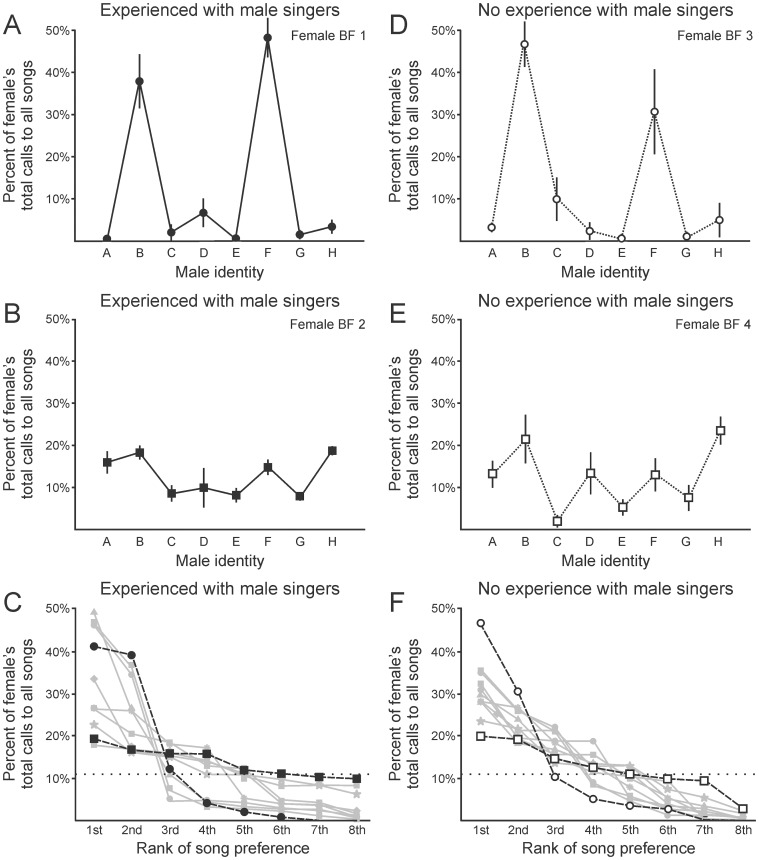Figure 4. Individual females vary in their selectivity for songs of different males.
Individual females expressed a range of selectivity for the songs of individual males, and the nature of those preferences was not different between birds that did (panels A-C) or did not (panels D-F) have previous experience with the associated male singers. (A) Among birds with experience of the male singers, some females were very selective for the song(s) of individual males, such as the female shown here (selectivity index = 3.76; points indicate mean; lines indicate SE in panels A, B, D, E). (B) Other females were not selective, responding similarly to the songs of many males, as in the case of the female shown here (selectivity index = 1.43). (C) Across all 11 birds that had experience with the male singers, selectivity indices ranged from 1.43 to 3.97 (mean ± SE = 2.65±0.31, dark solid lines indicate the birds shown in panels A (filled circles) and B (filled squares), dotted line indicates level of chance). (D) Among birds that did not have experience with the male singers, the response were very similar, with one bird expressing very selective responses (selectivity index = 3.76) and (E) another bird responding much more broadly (selectivity index = 1.89). (F) Across all 10 birds that did not have experience with the male singers, selectivity indices ranged from 1.60 to 3.76 (mean ± SE = 2.47±0.17) and were indistinguishable from those detected for birds that had experience with the singers (statistics detailed in the text; dark solid lines indicate the birds shown in panels D (open circles) and E (open squares), dotted line indicates level of chance).

